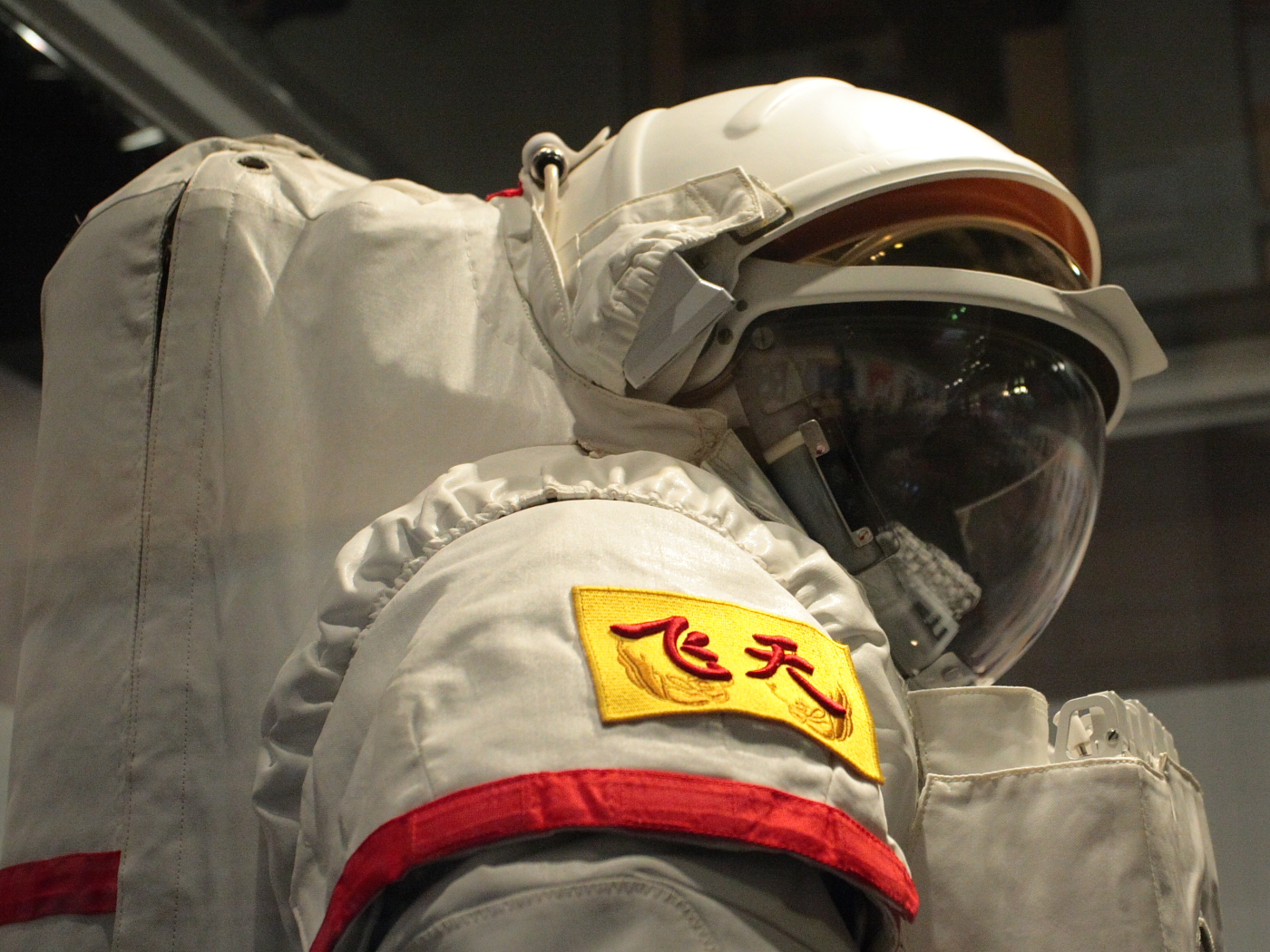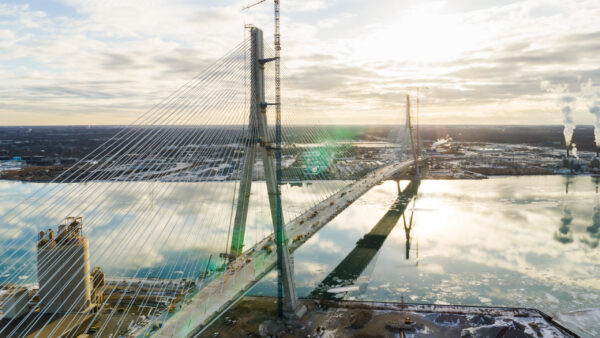
The project was revealed by Wu Weiren, chief designer of the Chinese lunar exploration programme.
Wu told state broadcaster CCTV that China is “developing a new system that uses nuclear energy to address the moon station’s long-term, high-power energy demands”.
He did not give any further information on the type of reactor planned, but website Spacenews reported in August that a 1MW design, under development since 2019, had passed a performance evaluation by China’s Ministry of Science and Technology
The reactor power the base’s oxygen and water systems, a two-seater vehicle and the “hopper” that will launch from the Moon’s surface to rendezvous with an orbiting spacecraft. These will be built by the Chang’e eight mission.
It will also support the station’s communications facilities, which will maintain contact with Earth and relay signals between Earth, Mars and spacecraft on deep space missions.
China is still working to develop the spacecraft that will carry out missions. They belong to the fourth phase of the country’s lunar exploration programme. Previous missions have orbited, touched down on the dark side of the Moon and returned rock samples, but so far China has not attempted to land an astronaut.
Wu added that China would pursue three other main aims over the next 10 to 15 years, namely asteroid detection, planetary exploration and the development of heavy-duty launch vehicles.
“We need to increase the thrust power of our rockets by at least four times to support manned landings on the moon, Mars and mass transport between the ground and near-Earth space,” he said.
Among the deep space missions planned is one to build a nuclear-power spacecraft that would be placed into orbit around Neptune, the most distant of the solar system’s planets.
Further reading:










